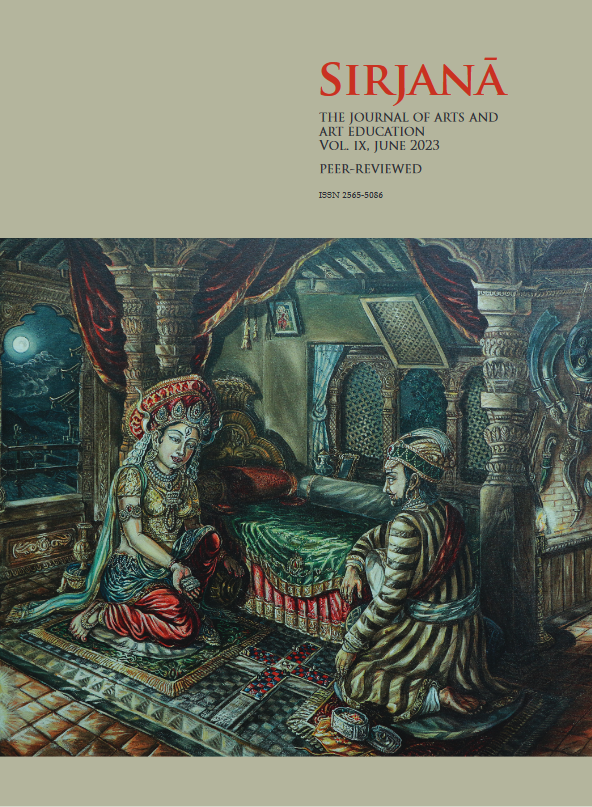Appropriating the Mona Lisa in the Contemporary Nepali Painting
DOI:
https://doi.org/10.3126/sirjana.v9i1.56271Keywords:
appropriation art, the Mona Lisa, mysterious, transformation, re-contextualizeAbstract
There is no boundary in creating, or recreating new work whether in art, literature, music, film, drama, or any medium. The practice of artists using original objects or images in their artworks with changes of the original ones is considered appropriation in art, or appropriate art. This paper focuses on the appropriation of the Mona Lisa in the contemporary Nepali paintings. The Mona Lisa, the most sought-after work of art, was created by Leonardo Da Vinci during c. 1503-1506 is presently housed in the Louvre Museum, Paris. There are several examples of Vinci’s art turned into appropriate art by artists from around the world. In 1919, Marchel Duchamp appropriated adding a moustache and beard with a pencil in a postcard reproduction of the Mona Lisa. Moreover, this appropriation of the Mona Lisa can be seen in Nepali artists' paintings as well. It can be seen in the works of the eminent artist Manuj Babu Mishra to the up-and-coming artists like Laxman Bajra Lama and many others. While making conscious and unconscious dialogues with the Mona Lisa, Nepali contemporary artists seem to be apparently driven by traditional myths, icons, motifs, and religions. Here, ten of the appropriate arts of the Mona Lisa, created by contemporary Nepali artists will be discussed.




